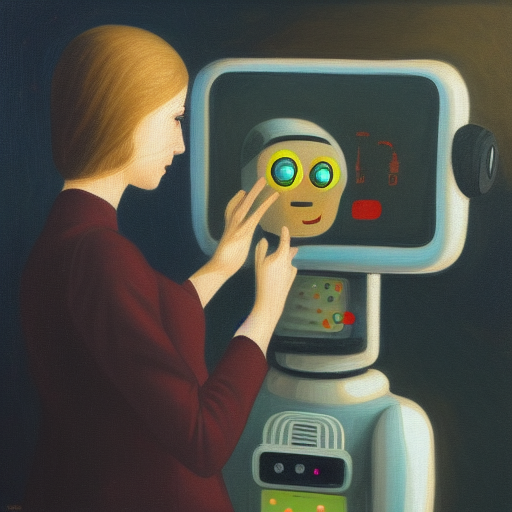A platform business model creates communities and markets with network effects. It allows the users of the platform to interact and transact.
These businesses do not own the means of production — instead, they create the means of connection. The producers and the consumers of the service need a way to find each others (matchmaking).
The greater the audiences on both sides, the more useful the platform is. You would not use a taxi service with 2 cars in your city.
Optimally, the platform enables them to have pre-made, consistent rules and easy transactions. It’s convenient to not have to negotiate terms and prices of a service every time.
This seems to work.
The top five companies by market cap are all platforms
Platforms like Google and Facebook connect users with one another, advertisers with users, and app developers with customers. The success of the digital-born organizations rests on the technology platforms they’ve built to support their businesses, but even more on the business models these platforms enable.
One of the platform companies is Uber — the platform with two audiences: riders on one side and drivers on the other.
The value riders get from the platform increases with the number of drivers on the Uber network. Availability increases and wait times become shorter.
At the same time, more riders means more value for the drivers — increasing utilization and incomes.
Vendor lock-in
The network effects platforms create become significant barriers of entry for new competitors. Very few people use more than one competing solution for a given task. The size of the audiences matters.
While Uber does not own the physical means of production, they control something much more valuable: the data - where all the riders and drivers are located, and a mean of communication between those two. Large audiences enable good availability.
But they also define the rules, and run the transactions. Availability is boosted with security and ease-of-use as the producers and consumers know how the transactions work.






